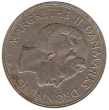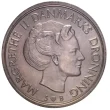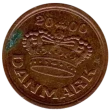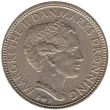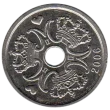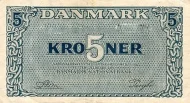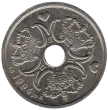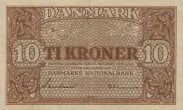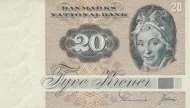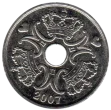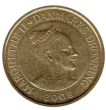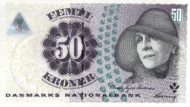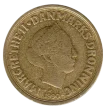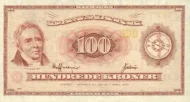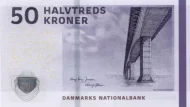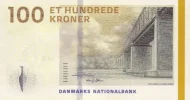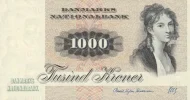Exchange your Danish Kroner
Do you have leftover Danish Kroner? We offer a fast and easy way to exchange both current and withdrawn Danish Krone banknotes and coins. Convert them into your local currency today with our quick and hassle-free exchange service.
kr - DKK
The Danish Krone has been Denmark’s official currency since 1875 and remains pegged to the Euro, ensuring its stability.
Danish Kroner Information
The Danish Krone (DKK) is the official currency of Denmark, Greenland, and the Faroe Islands. The word “krone” translates to “crown” in English, and the currency is often referred to as the “Danish crown.” The Danish Krone has been in use since 1875, when it replaced the Danish rigsdaler as part of the Scandinavian Monetary Union, which also included Sweden and Norway. Although the monetary union dissolved in 1914, Denmark retained the krone as its currency, and it remains in use today.
The Danish Krone is subdivided into 100 øre, and the currency is issued in both coins and banknotes. Danish coins are available in denominations of 50 øre, 1, 2, 5, 10, and 20 kroner, while banknotes are issued in denominations of 50, 100, 200, 500, and 1,000 kroner. The designs on Danish banknotes often feature notable Danish landmarks, such as bridges and historical buildings, as well as images of important cultural figures.
One of the defining features of the Danish Krone is its peg to the Euro. Denmark is a member of the European Union (EU), but it has opted not to adopt the Euro, following a referendum in 2000 where Danish voters decided to keep the krone. However, the Danish Krone is pegged to the Euro through the European Exchange Rate Mechanism (ERM II), with a narrow fluctuation band of 2.25% around a central rate of approximately 7.46 DKK to 1 EUR. This peg ensures stability for the Danish Krone and aligns with Denmark’s monetary policy.
The Danish economy is highly developed and diverse, with strong sectors in manufacturing, pharmaceuticals, shipping, and renewable energy. Denmark is also one of the world’s leading agricultural exporters. The stability of the Danish Krone has played a key role in supporting these industries, particularly in international trade. The currency is widely used in both domestic and international transactions, and its peg to the Euro provides further confidence for businesses and investors.
The Danish central bank, Danmarks Nationalbank, is responsible for issuing the Danish Krone and managing the country’s monetary policy. The central bank’s primary goal is to maintain price stability and ensure low inflation, which is essential for preserving the value of the krone. Denmark’s prudent fiscal management and strong economic fundamentals have helped the Danish Krone remain stable and resilient, even during periods of global economic uncertainty.
In addition to its role in Denmark’s economy, the Danish Krone is also used in Greenland and the Faroe Islands, both of which are autonomous territories within the Kingdom of Denmark. While the two territories have some autonomy in their financial systems, they both rely on the Danish Krone for currency stability, and the krone plays a central role in their economies.
Despite ongoing discussions about whether Denmark should adopt the Euro, the Danish Krone remains the country’s official currency. Denmark’s commitment to maintaining its currency, while ensuring stability through its peg to the Euro, has allowed the country to enjoy the benefits of both an independent monetary policy and close economic ties with the Eurozone.
In conclusion, the Danish Krone has been the official currency of Denmark since 1875. It remains a stable and trusted currency, reflecting Denmark’s strong economic performance and its ties to the European Union.

